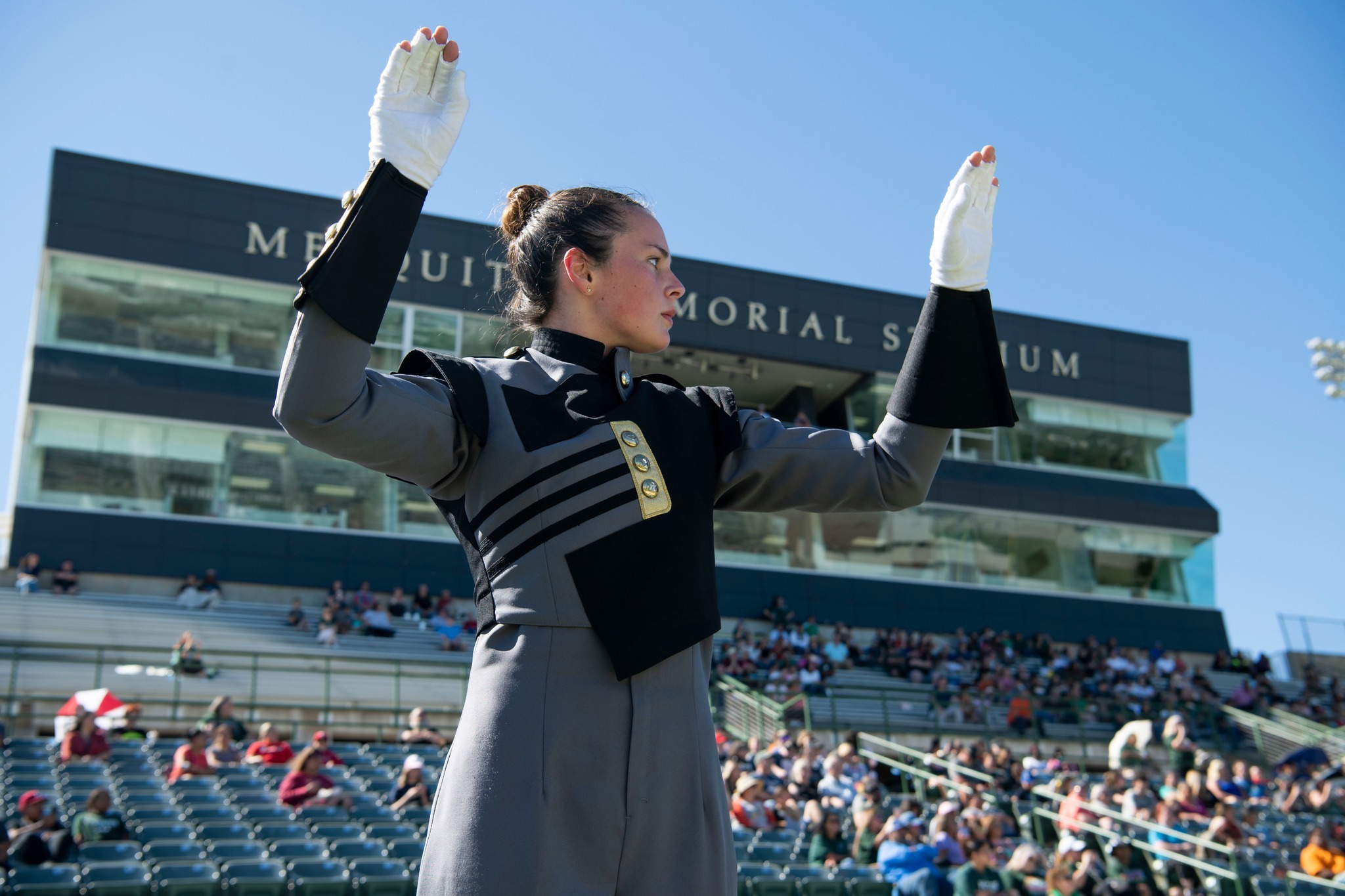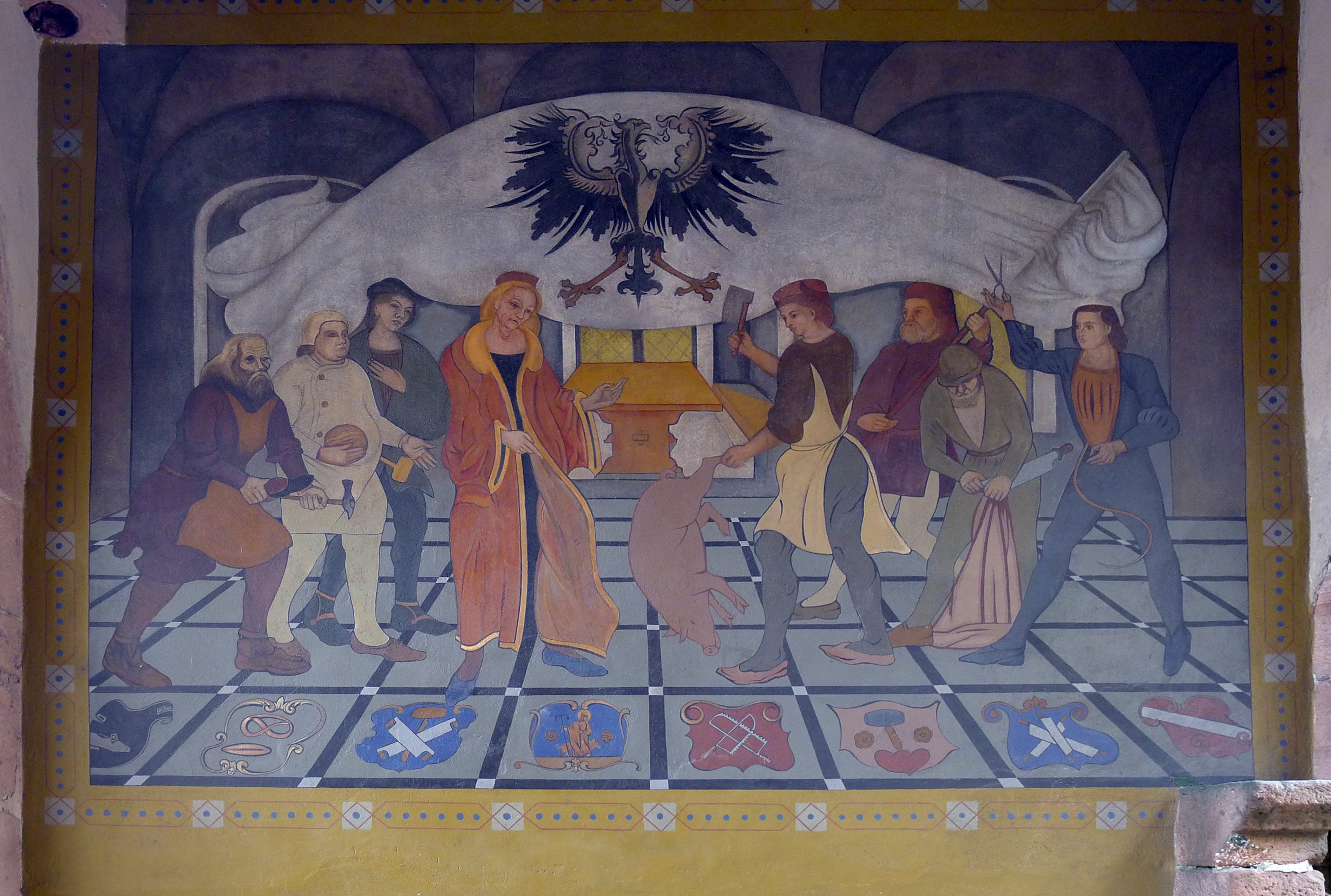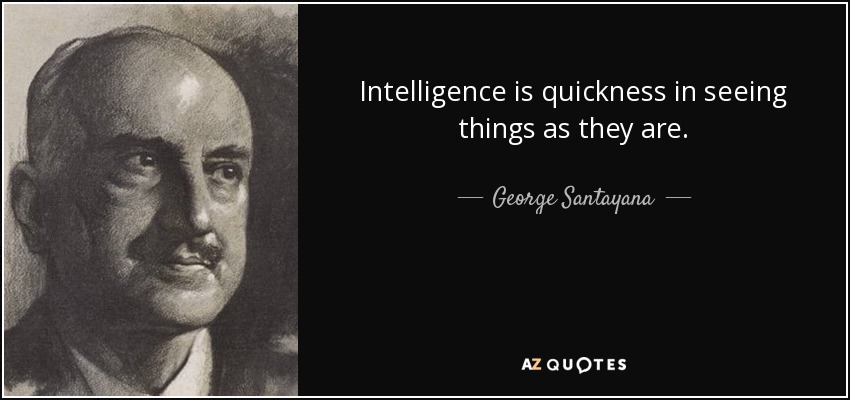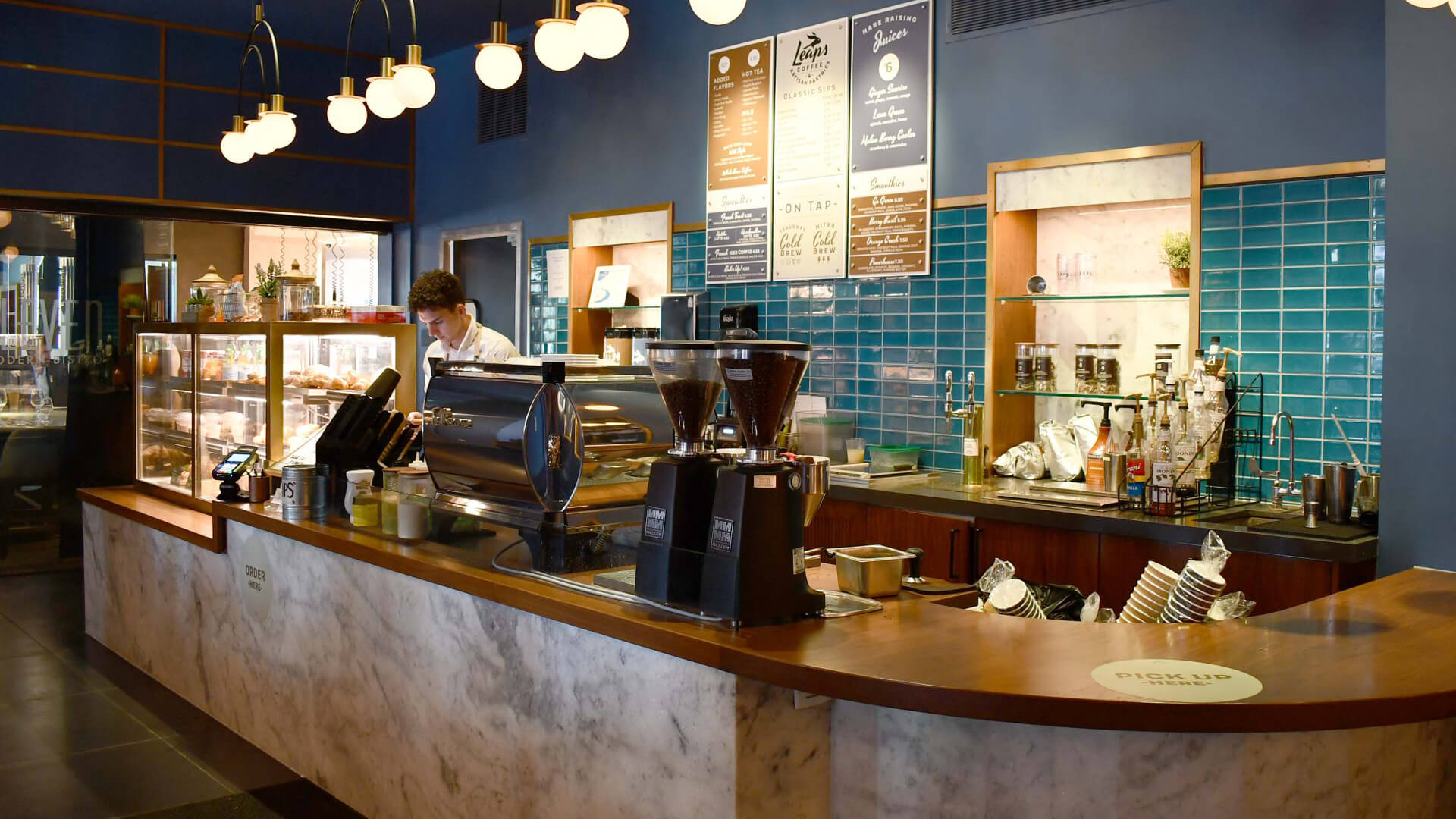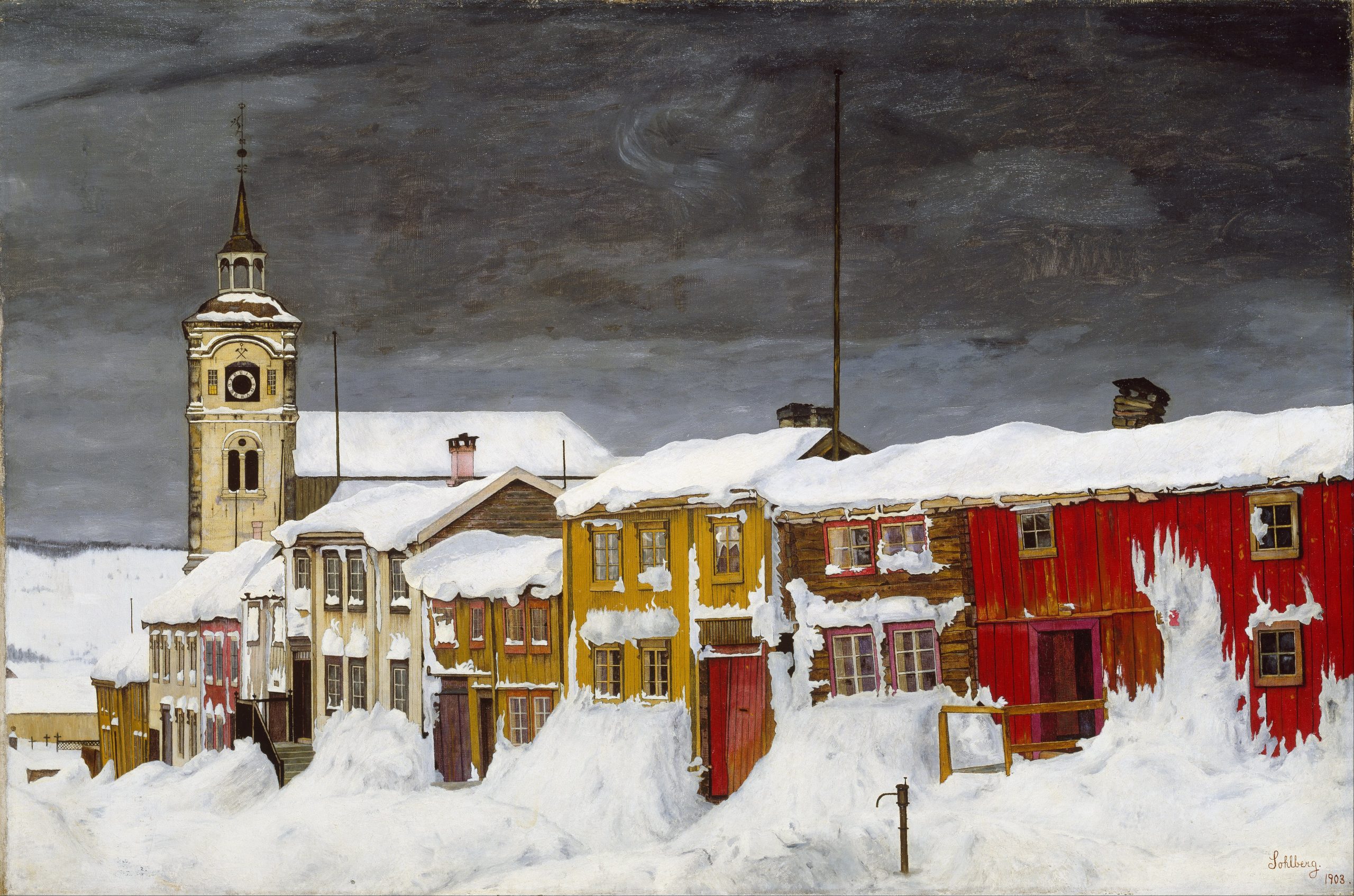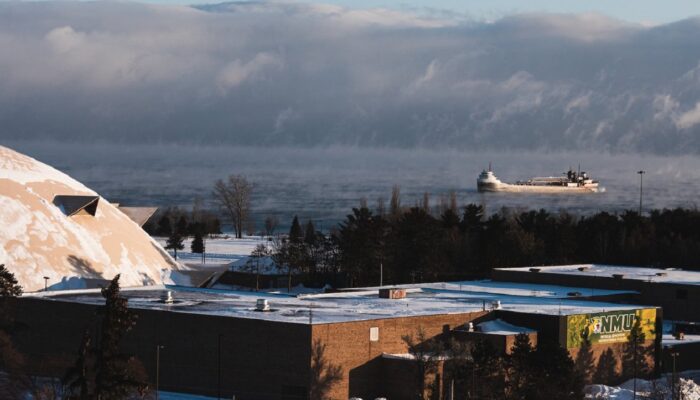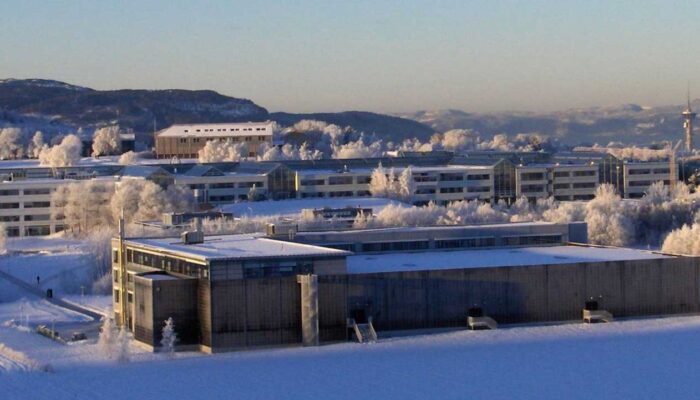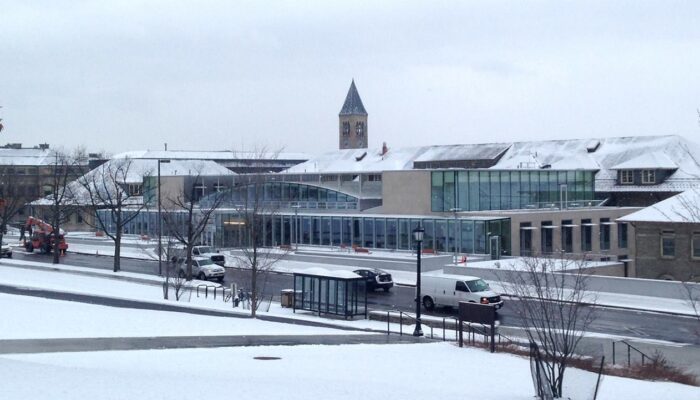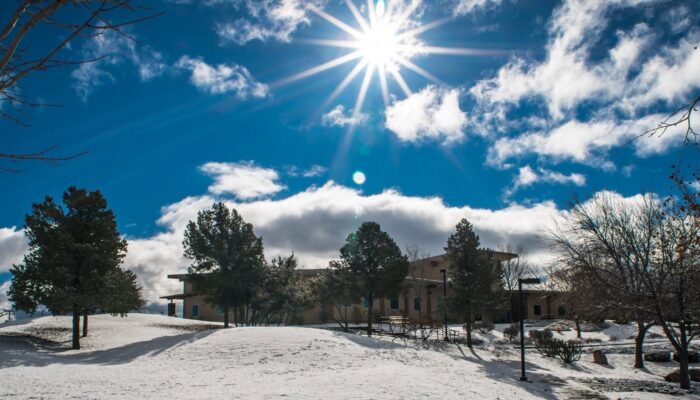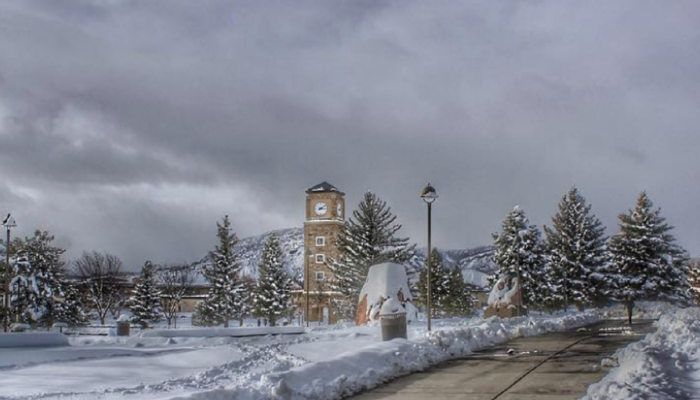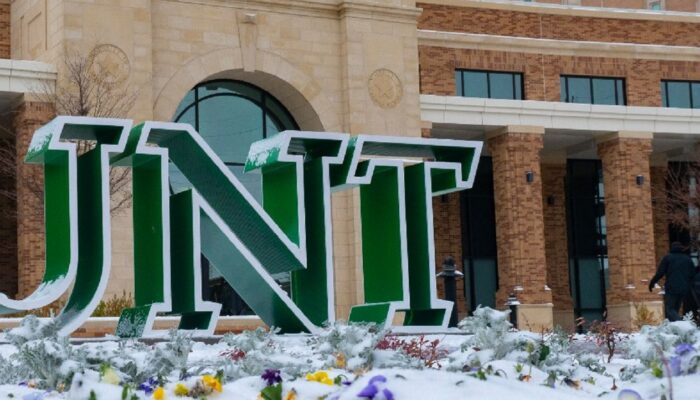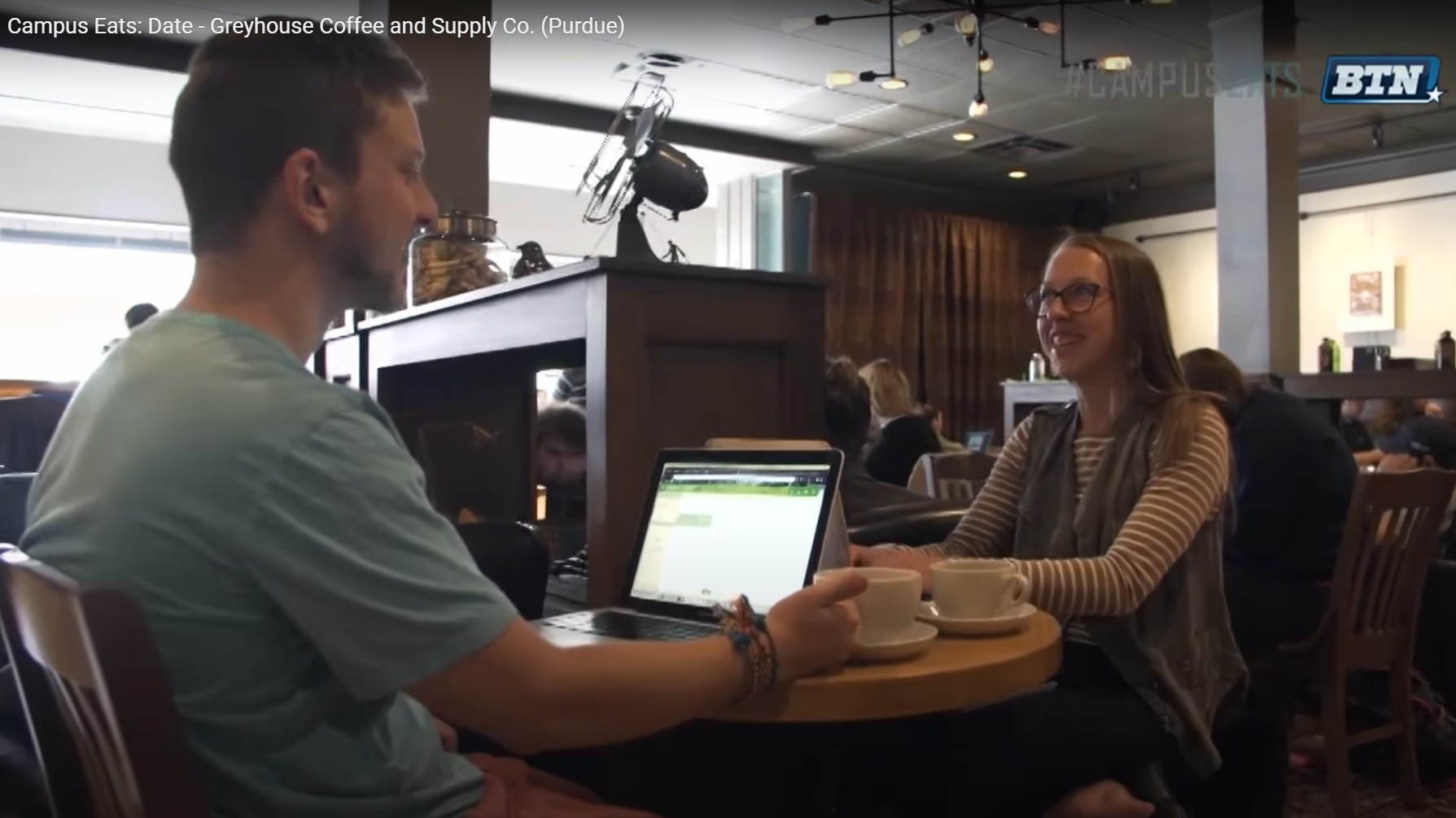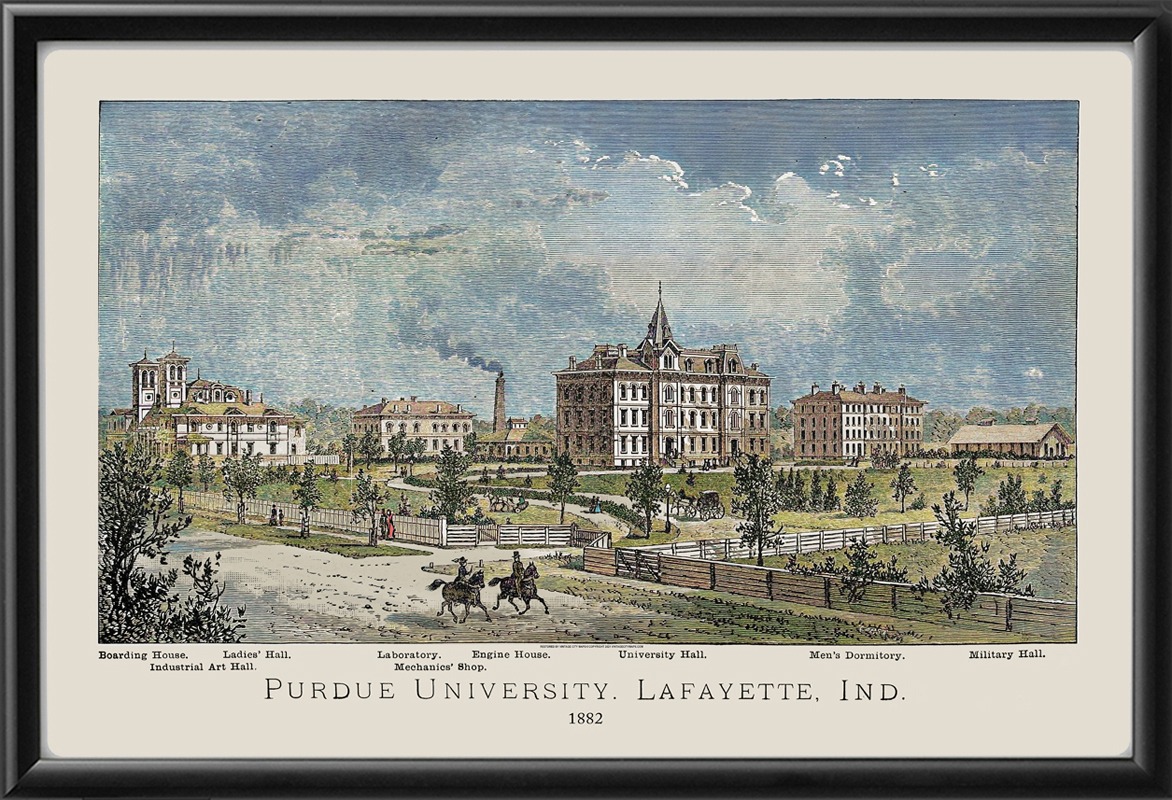University Interscholastic League
“Come, Ye Thankful People, Come” is a traditional Christian hymn often associated with harvest festivals and Thanksgiving celebrations. The hymn was written by Henry Alford in 1844, an Anglican cleric and theologian. Alford, who later became the Dean of Canterbury, composed the hymn to reflect the agricultural rhythms and the cycle of planting and harvesting that were integral to rural life in 19th-century England.
The hymn’s lyrics express gratitude for the bountiful harvest and serve as a metaphor for spiritual growth and the final gathering of souls in the Christian eschatological vision. The first verse invites thankful people to come together to praise God for the harvest. Subsequent verses extend the metaphor, comparing the harvest to the final judgment, when believers are gathered to be with God.
The music most commonly associated with “Come, Ye Thankful People, Come” was composed by George J. Elvey in 1858, and the tune is named “St. George’s Windsor.” The hymn’s enduring popularity stems from its dual themes of thanksgiving and eschatological hope, making it suitable for both seasonal celebrations and reflective worship services. Its singable melody and rich imagery continue to resonate with congregations, embodying a sense of communal gratitude and spiritual anticipation.
North Mesquite High School Singing Stallions
American Christian kids in a Texas church. We still have hope. pic.twitter.com/WG2Sbr75A7
— RadioGenoa (@RadioGenoa) July 19, 2025
History of Western Civilization Told Through the Acoustics of its Worship Spaces



